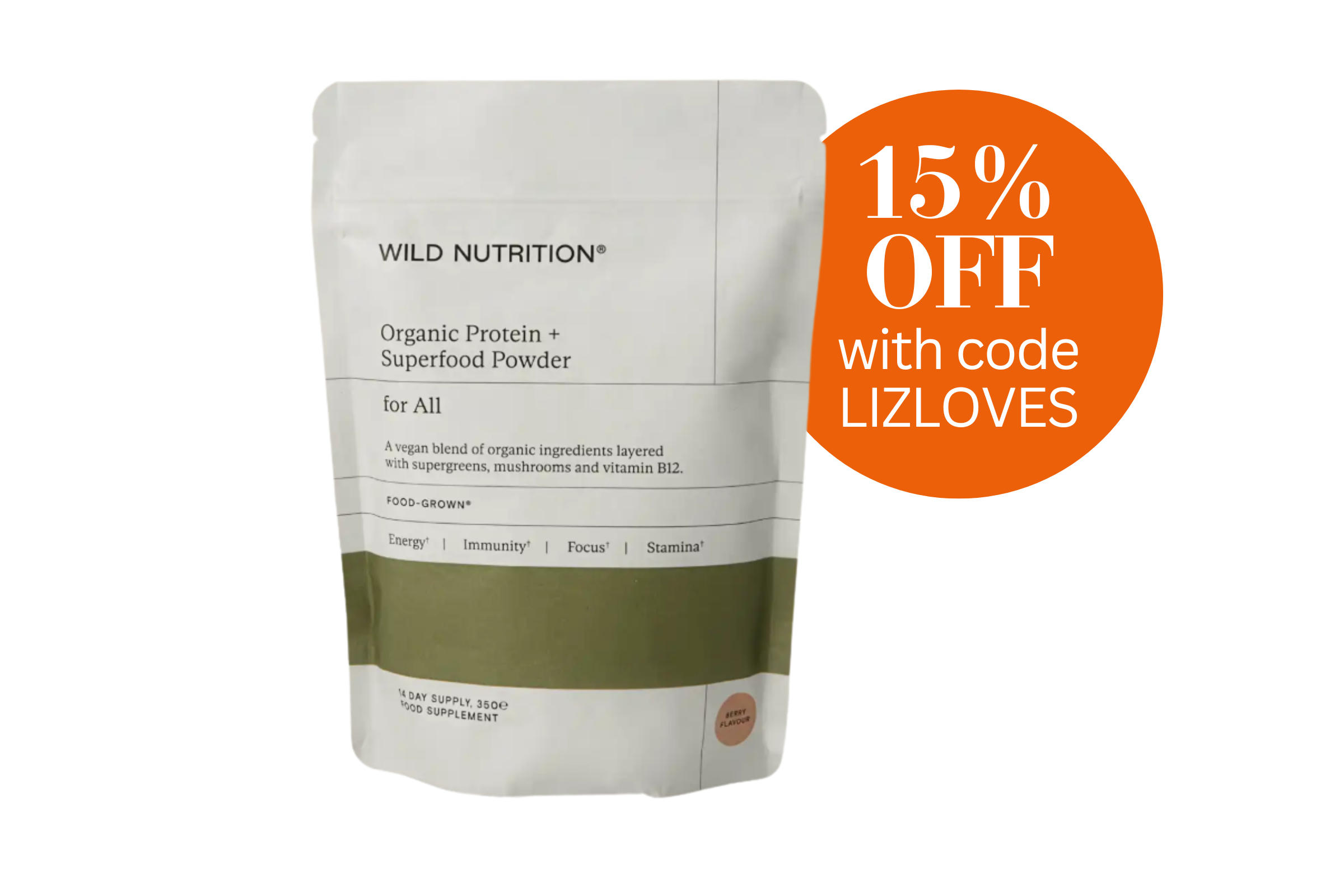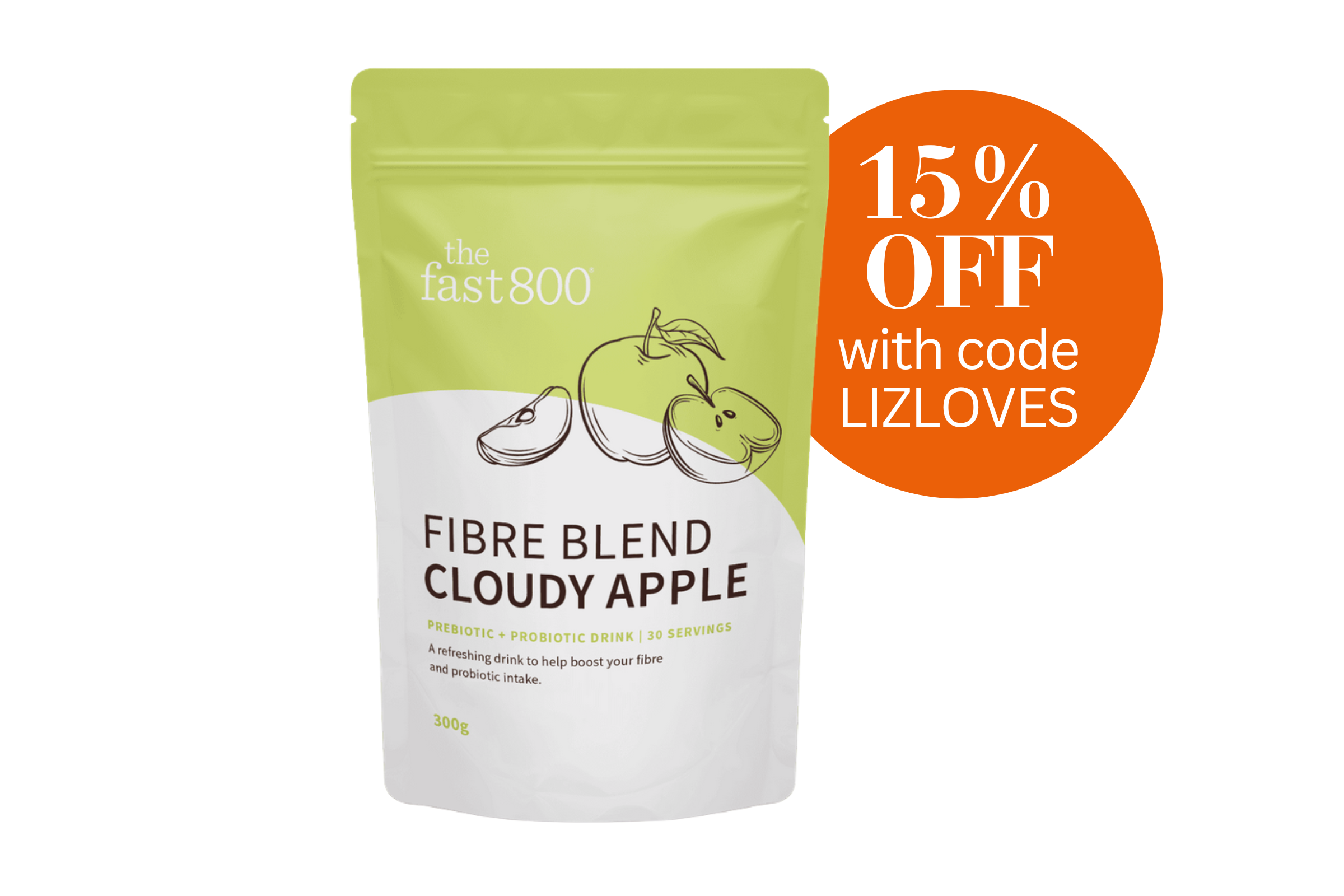Women's health
How blood sugar impacts hunger cravings (and what we can do about it)
Do you have a penchant for pastries or cravings for crisps? Many of us have snack weaknesses, often at particular times of the day. Whether it’s elevenses, a 3pm pick-me-up or nibbles with a G&T after work, it’s often unhealthy salty, sugary, trans-fatty snacks that we crave. These snacks spike our blood sugar (also known as blood glucose), and can result in us piling on pounds and feeling tired, sluggish and stressed. However, it’s possible to curb these cravings.
“The Western diet tends more towards carbohydrates, and many of us have a sweet tooth, so we end up with fluctuations in our blood glucose that make us crave high-glycaemic foods or sugary things,” explains Jane McClenaghan, nutritionist and founder, Vital Nutrition. “We can then get an energy slump in the afternoons, or feel dizzy or light-headed if we don’t eat regularly enough. We might also feel more stressed and anxious, or wake in the middle of the night. These are all symptoms of blood sugar fluctuations.”
“Blood sugar fluctuations can trigger cravings for high-glycaemic foods as the body seeks quick energy boosts,” explains Lucy Slater, nutritionist, The Hale Clinic and Lucy Slater Nutrition. “These foods light up the brain’s dopamine pathways, similarly as addictive substances do.”
8 ways to balance blood sugar and beat cravings
Eat more protein
Studies show that high-GI foods cause increased hunger. Making simple swaps at mealtimes can significantly reduce the cravings we feel later in the day.
“After tweaking their diet, I’ve had clients tell me they’ve walked into a newsagents and not even noticed the confectionary on the counter,” says Jane. “Whereas previously they would have bought something.”
“Increasing your protein intake (to at least 1g per kg of body weight) can keep you feeling fuller for longer and help curb sugar cravings,” says Lucy.
Foods high in protein include lean meat, fish, cheese, tofu, lentils, soy beans, chickpeas, hemp seeds, chia seeds, rolled oats, nuts and eggs.
“Protein smoothies and unsweetened electrolytes can help maintain steady energy levels too,” says Lucy.

Reach your daily protein goals with an easy-to-take supplement. Blitz into a smoothie to help power you through the day and keep energy levels stable. Save 15% with the code LIZLOVES.
Increase your fibre intake
Eating more fibre-rich foods, such as non-starchy vegetables, can reduce snack cravings, as they keep us feeling fuller for longer.
“To manage high blood sugar, increase dietary fibre above 40g per day and reduce refined carbs,” continues Lucy. “You could also try a modified ketogenic diet with intermittent fasting, focusing on healthy fats and low-GI vegetables.”
And, as Michelle Sanchez, nutritionist, College of Naturopathic Medicine, explains, there are a number of easy ways to up the fibre content of our meals.
“Meal ideas could be an omelette with vegetables and avocado, or bircher muesli with nuts and seeds for breakfast,” she says. “A large salad with leafy greens, roasted vegetables, chickpeas, seeds and a drizzle of olive oil for lunch. Or for dinner, lentils cooked with vegetables like broccoli, courgette and carrots. Serving this with a small portion of wholegrain rice or quinoa can help to avoid blood sugar dips overnight.”

A fibre-rich blend to help keep you feeling fuller for longer, with added pre- and probiotics to support gut health. Save 15% with LIZLOVES.
Try food combining
It’s not just the type of food we’re eating that matters. The order we eat can significantly impact blood sugar levels too.
“Focusing on low-GI foods and combining protein, healthy fats, and high-fibre vegetables can stabilise blood sugar,” Lucy reveals. “To minimise spikes, start meals with vegetables, followed by fats and protein, and finish with carbohydrates. This can reduce post-meal blood sugar spikes by up to 75%.”
Choose whole foods
Cutting out ultra-processed foods can go a long way to stabilising our blood sugar levels. It can feel like a challenge at times, with temptation lurking around every corner. It’s important to remember that change doesn’t have to be all at once. Start slowly and build up over time to eating more whole foods, and fewer processed items.
“To stabilise blood sugar levels and curb cravings, following a naturopathic diet is essential,” says Michelle. “Prioritise local, seasonal, fresh, whole foods, and choose organic whenever possible.
“Ideally, avoid hormone-disrupting dietary habits like alcohol, fizzy drinks and fried foods. Cutting out junk food, refined carbohydrates and damaging oils is also important for optimal health.”
Experiment with intermittent fasting
Intermittent fasting is popular among many health advocates, allowing the body to go into a state of autophagy (cellular cleansing and recycling), when done for short periods of time.
“For women in midlife, a gentler approach to intermittent fasting is often beneficial,” says Michelle. “Such as the 12:12 or 16:8 fasting methods. This is where you eat within an eight to 12-hour window and fast for the remaining time.
“Starting with a shorter fasting period and gradually lengthening it allows your body to adjust. Intermittent fasting can help reduce cravings by improving insulin sensitivity and enhancing the body’s ability to utilise stored fat for energy, reducing blood sugar variability.”
Give keto a go
Some people find a ketogenic diet helpful when undertaken for a short time, although it may not suit everyone.
“Starting a ketogenic diet involves gradually increasing healthy fats (e.g., avocados, olive oil, nuts) while reducing carbohydrate intake to a very low amount,” says Michelle. “Transitioning slowly over a week or two allows the body to adapt, minimising fatigue. A ketogenic diet may help reduce cravings and promote stable energy levels by shifting the body to burn fat for fuel rather than carbohydrates, leading to fewer blood sugar fluctuations.”
Manage stress
Blood sugar is also impacted by stress. This can lead to repetitive, unhealthy cycles, where we reach for alcohol or unhealthy snacks when feeling under pressure. This, in turn, can lead us to feel even more stressed.
“High stress increases cortisol levels, which can lead to cravings, particularly for sugary and high-carbohydrate foods,” explains Michelle. “Beyond diet, several lifestyle factors play an important role in stabilising blood sugar and managing cravings.
“Regular physical activity and exercise, particularly strength training, improves insulin sensitivity, helping your body use glucose more effectively. This can reduce cravings and balance energy levels. Even light activities like walking after meals can help lower post-meal blood sugar. Mindfulness practices and breathing exercises can help manage stress too.”

A staple in Liz’s routine. Place a few drops under the tongue to help combat stress and beat overwhelm. With supportive adaptogenic herbs including ashwaghanda and lemon balm. Save 15% with LIZLOVES.
Develop a good bedtime routine
Poor sleep can disrupt our hormones that regulate hunger, such as ghrelin and leptin, leading to increased cravings. As Michelle explains, establising a good bedtime routine is essential.
“Limiting screen time, setting a consistent sleep schedule and using relaxation techniques, such as a warm bath or gentle stretches, can significantly improve sleep quality,” she says. “This can help to balance hormones, reduce cravings, and support overall health in midlife.
“Keep hydrated, as dehydration can sometimes be mistaken for hunger too, leading to unnecessary snacking. Drinking filtered water and herbal teas throughout the day supports overall metabolic function and can reduce cravings.”
Words: Jacky Parker
Read more in Health
- 10 ways to reduce your risk of Alzheimer’s naturally
- 6 myths about incontinence we need to stop believing
Please note, on some occasions, we earn revenue if you click the links and buy the products, but we never allow this to bias our coverage and always honestly review. For more information please read our Affiliate Policy.





